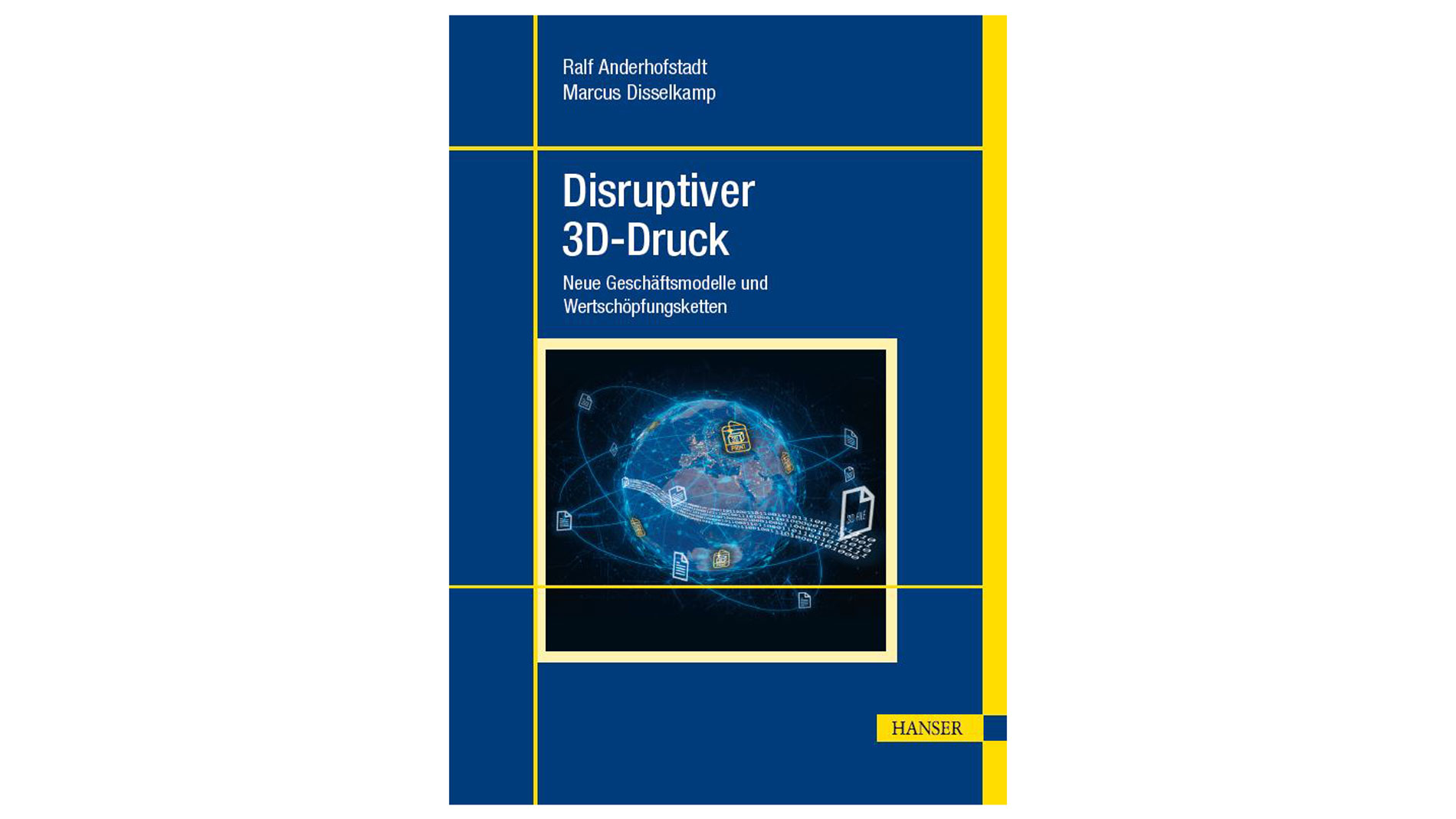4 March 2022
The new book Disruptiver 3D-Druck (“Disruptive 3D Printing”), which is scheduled to be published this summer by Hanser Verlag, deals with how AM is shaking up some of the world’s value chains. Authors Ralf Anderhofstadt, head of the Center of Competence 3D Printing at Daimler Truck and a lecturer on the subject of AM, and Dr. Marcus Disselkamp, a university professor, specialized author, and business coach, explore subjects like toxic business models and new business opportunities while also covering the technical aspects of 3D Printing a wide variety of materials. Among other contributors, our own Sascha Wenzler (Vice President of Mesago Messe Frankfurt GmbH) offers insights into the current developments and what the future might have in store for this exciting technology. We recently had the chance to talk with Ralf Anderhofstadt about the new book.

The announcement of your new book refers to the many new business models in this field – some of them toxic. Could you give us some specific examples?
A lot of bank-related and financing transactions can be considered toxic in cases where innovations aren’t leveraged in time to create value that rewards customers for these transactions. 3D printing results in toxic business models like these, as well. Take warehousing, for instance: In areas where decentralized production and the creator economy continue to gain ground, we’re only going to need storage services for the raw materials required for Additive Manufacturing – not for finished products. There’s probably going to be a significant decline in the amount of goods being warehoused – and, for that matter, transported – because instead of physical products, data on how to make them will be sent around the world and stored temporarily. That doesn’t mean “game over” for all the logistics companies out there, though. Toxic business models are those that don’t change with the times to offer new value to other business partners in the various new roles they’re playing.
And what kinds of business models are going to present new opportunities?
Well, let’s stick with the topic of the creator economy. In our understanding of the term, the users and customers typically targeted by companies don’t just provide their own ideas for new products and services; they create and sell these things themselves. When consumers become the manufacturers (or even developers) of products, it gives rise to unprecedented opportunities and roles for their respective companies.

The wide-ranging prospects offered by 3D Printing have been an exciting topic for years. Why are you publishing this book now, and why is it important at the current moment?
Industrial 3D Printing has made significant strides in recent years, and it’s already being used in serial production in some sectors. This is resulting in more and more intriguing business models across the individual industries in play. At the same time, however, Additive Manufacturing is still only viewed through the lens of prototyping, and there’s a strong focus on construction design. As interesting as the facets and possibilities in this area are, we need to perceive the potential of 3D Printing in its entirety, meaning all along the value chain. And there’s no time like the present!
And finally, who is this book geared toward?
It’s meant for managers and decision-makers at service providers, logistics companies, and industrial firms, as well as for professors and students of economics, law, IT, and business administration.
Tags
- Additive Manufacturing
